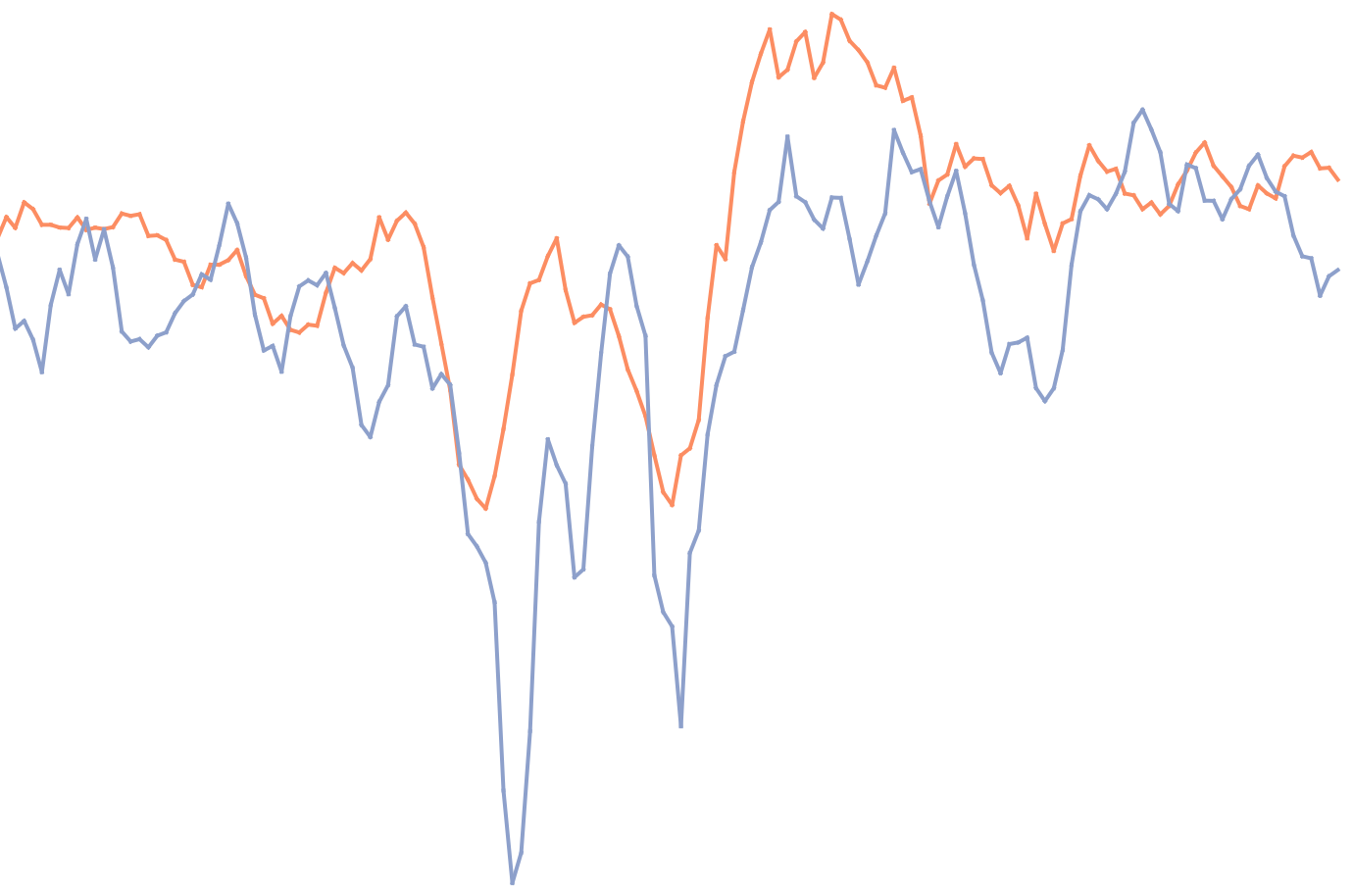Quality research begins with reliable and comprehensive
unit root testing.
Inadequate unit root testing jeopardizes research results
Most time series and panel data estimation techniques depend on establishing whether data is stationary or results can be unreliable.
Standard unit root tests can’t capture the complexities of real-world data
Failing to account for characteristics such as structural breaks or panel data relationships means losing important information.
✔ Time series unit root testing.
✔ Panel data unit root testing.
✔ Support for multiple
structural breaks.
✔ Granger causality tests.
✔ Cointegration tests.
✔ Cointegration tests with regime and trend shifts.
✔ Fourier approximation tests for smooth breaks.
More than 50 tests developed from papers combining for over 165,000 citations.
Clear and Complete Results
- Test statistics and accompanying critical values.
- Break point locations (where relevant).
- Plain language results.
Two breaks ADF test (Narayan & Popp, 2010)
--------Model C: Break in level & trend-----
ADF-stat -5.1555
Break Date One 02/14/2012
Fraction One 0.4324
Break Date Two 07/23/2017
Fraction Two 0.7748
Lag 3
Critical Values:
1% 5% 10%
-5.58 -4.94 -4.60
Reject the null hypothesis
of a unit root at the 5% level.
Full running examples for every test.
Testimonials
Expert support makes it easy
“I was intimidated by GAUSS at first, but the support team made it easy. They helped me get started and I was even able to run complicated models.”
Esmaeil Ebadi, Lecturer UW-Whitewater
Simple and comprehensive
“Having all these tests at my fingertips in a consistent and growing package makes my work much easier.”
John van Horn, Researcher
Advanced unit root testing gets published
“The idea of my paper was good; however, GAUSS added more value to it since I used all the advanced unit root tests using GAUSS.”
Zeeshan Khan, PhD Student
Download The Unit Root Selection Guide
Failing to properly test for unit roots can jeopardize research results but knowing which test to use can be complicated.
Save time with this easy-to-use guide that shows you how to:
✔ Choose the right test.
✔ Interpret the results.
✔ Get the best results from your data.



